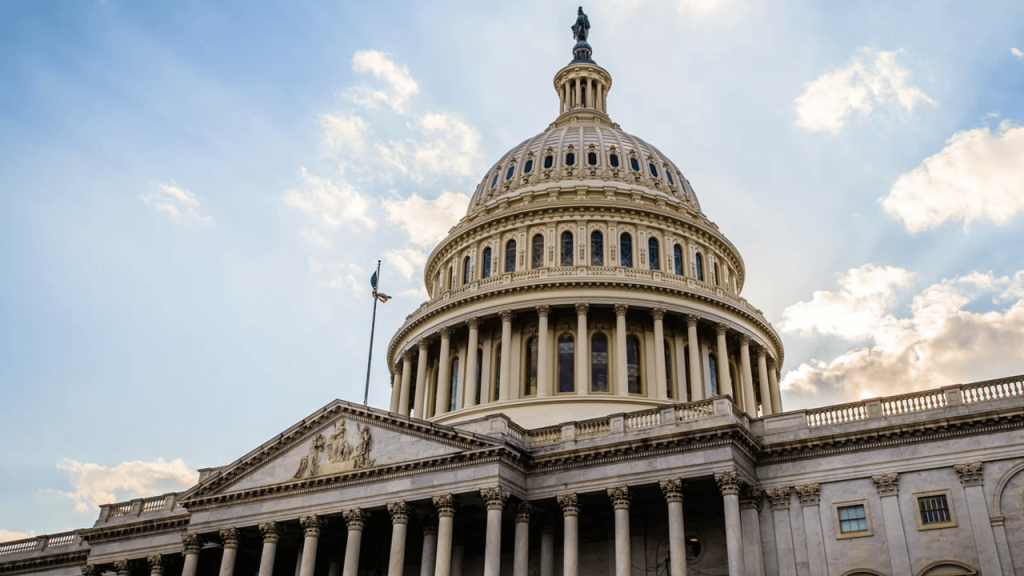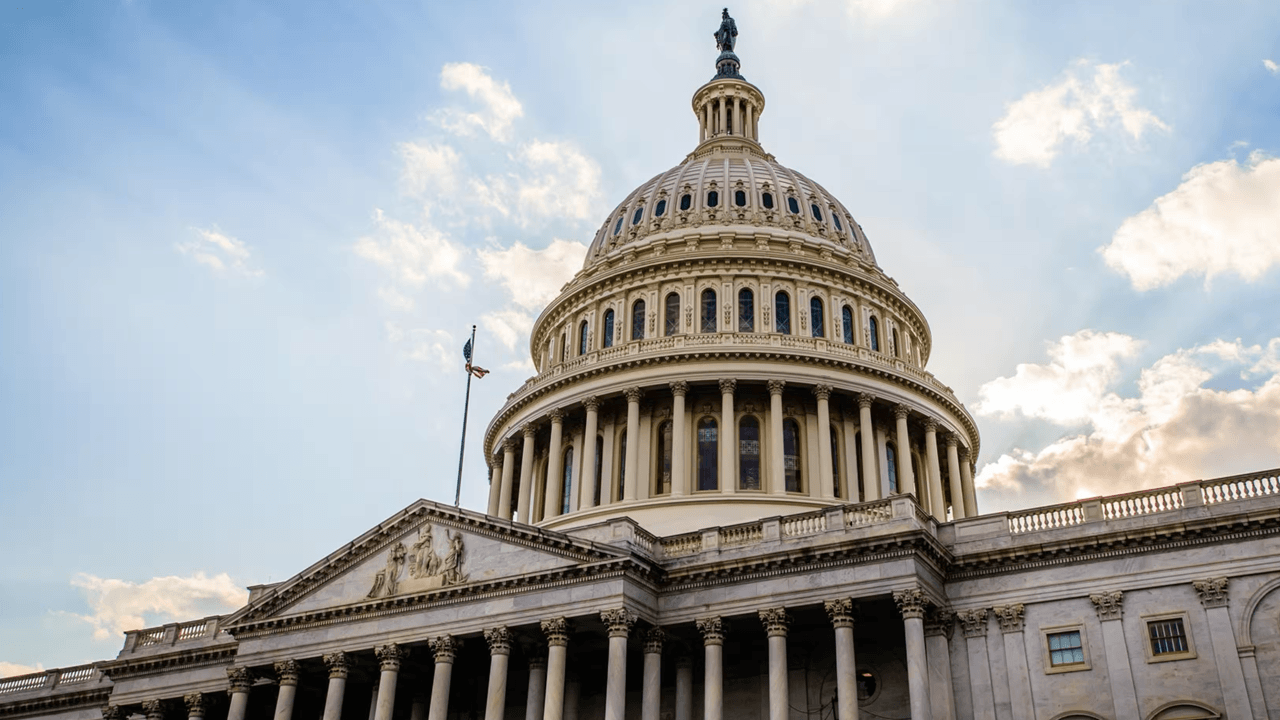
The Senate’s “Responsible Financial Innovation Act of 2025”: A New Dawn for Digital Assets?
Introduction: A Turning Point for Digital Finance
The digital asset landscape is on the brink of a seismic shift. The U.S. Senate Banking Committee’s “Responsible Financial Innovation Act of 2025” marks a pivotal moment in the evolution of digital finance. This legislation, if enacted, could redefine the regulatory framework for digital assets, fostering innovation while ensuring consumer protection. The bill addresses long-standing concerns about regulatory clarity, market manipulation, and the role of stablecoins, offering a comprehensive approach to integrating digital assets into the mainstream financial system.
The Need for Regulatory Clarity
For years, the digital asset industry has operated in a regulatory gray area. The absence of clear guidelines has led to confusion, stifled innovation, and exposed investors to risks. The Securities and Exchange Commission (SEC) and the Commodity Futures Trading Commission (CFTC) have both asserted jurisdiction over different aspects of the market, creating a patchwork of regulations that has left businesses and investors uncertain about compliance requirements.
The “Responsible Financial Innovation Act of 2025” aims to address these challenges by establishing a clear and consistent regulatory framework. By defining the roles of the SEC and CFTC, the bill seeks to eliminate jurisdictional overlaps and provide market participants with the clarity they need to operate effectively.
A Hybrid Regulatory Framework
One of the most innovative aspects of the bill is its hybrid approach to regulatory oversight. Recognizing that different digital assets have distinct characteristics, the legislation divides regulatory authority between the SEC and CFTC based on the nature of the asset.
Ancillary Assets: A Flexible Approach
The bill introduces the concept of “ancillary assets,” which are digital assets that are not initially offered as part of an investment contract but may later become subject to securities laws if they are marketed or used in a way that creates an investment expectation. This distinction allows for flexibility in regulating digital assets that may evolve over time, ensuring that the regulatory framework remains adaptable to market developments.
SEC’s Role: Protecting Investors
The SEC would retain jurisdiction over digital assets deemed to be securities, such as those offered as part of an initial coin offering (ICO) or those that represent ownership in a company. The SEC would be responsible for ensuring that these assets are subject to the same disclosure and registration requirements as traditional securities, providing investors with the information they need to make informed decisions.
CFTC’s Role: Ensuring Market Integrity
The CFTC would primarily oversee digital assets considered commodities, such as Bitcoin and Ether. The CFTC would be responsible for regulating the trading of these assets on exchanges, ensuring that markets are fair, transparent, and free from manipulation. This division of labor between the SEC and CFTC is designed to create a more efficient and effective regulatory framework, reducing the risk of regulatory arbitrage and ensuring consistent application of the law.
Building on the House’s Foundation
The Senate’s “Responsible Financial Innovation Act of 2025” is not operating in isolation. It builds upon the foundation laid by the House of Representatives, which passed the “Digital Asset Market Clarity Act of 2025” with strong bipartisan support. The House bill focuses on amending the Securities Act of 1933 to provide greater clarity on the definition of a security in the context of digital assets.
The Senate bill takes a broader approach, addressing not only the definition of a security but also the regulatory framework for digital asset exchanges, custodians, and other market participants. By building upon the House’s work, the Senate aims to create a comprehensive and consistent regulatory framework for the entire digital asset ecosystem.
Stablecoins: A Critical Component of Digital Finance
The Senate’s focus on digital assets extends beyond the “Responsible Financial Innovation Act of 2025.” The passage of the “Guiding and Establishing National Innovation for U.S. Stablecoins (GENIUS) Act” highlights the growing importance of stablecoins, digital assets designed to maintain a stable value relative to a reference asset, such as the U.S. dollar.
The GENIUS Act aims to establish a regulatory framework for payment stablecoins, addressing concerns about their potential impact on the financial system. The bill would require stablecoin issuers to obtain a license and comply with certain capital and reserve requirements to ensure that they have sufficient assets to back their stablecoins. This regulatory framework is crucial for maintaining the stability and integrity of the digital asset market.
Addressing Key Concerns
The “Responsible Financial Innovation Act of 2025” addresses several key concerns that have plagued the digital asset market:
Regulatory Arbitrage
The bill aims to prevent regulatory arbitrage by establishing clear rules for determining which agency has jurisdiction over a particular digital asset. This will prevent companies from shopping around for the most favorable regulatory environment, ensuring a level playing field for all market participants.
Consumer Protection
The bill includes provisions to protect consumers from fraud and manipulation. This includes requiring digital asset exchanges to implement anti-money laundering (AML) and know-your-customer (KYC) procedures, as well as providing investors with clear and accurate information about the risks associated with digital assets. These measures are essential for building trust in the digital asset market and ensuring that investors are protected from bad actors.
Innovation
The bill seeks to strike a balance between regulation and innovation. It recognizes the potential of digital assets to transform the financial system and aims to create a regulatory environment that fosters innovation while protecting investors and consumers. By providing clarity and certainty, the bill encourages businesses to invest in and develop new digital asset technologies, driving economic growth and job creation.
Market Manipulation
The bill grants both the SEC and CFTC greater authority to pursue instances of market manipulation, fraud, and other illicit activities within the digital asset space. This includes the ability to monitor trading activity, conduct investigations, and bring enforcement actions against bad actors. These measures are crucial for maintaining the integrity of the digital asset market and ensuring that it operates in a fair and transparent manner.
Challenges and Opportunities
While the “Responsible Financial Innovation Act of 2025” represents a significant step forward, it is not without its challenges. The bill is still a discussion draft, and it is likely to undergo significant revisions before it is enacted into law.
One of the biggest challenges will be reaching a consensus among lawmakers on the appropriate level of regulation for digital assets. Some lawmakers may argue that the bill does not go far enough to protect consumers and investors, while others may argue that it is too restrictive and will stifle innovation.
Another challenge will be ensuring that the regulatory framework is flexible enough to adapt to the rapidly evolving digital asset market. New technologies and use cases are constantly emerging, and it will be important to have a regulatory framework that can keep pace with these developments.
Despite these challenges, the “Responsible Financial Innovation Act of 2025” presents a tremendous opportunity to create a clear and consistent regulatory framework for digital assets. This will not only benefit businesses and investors but also help to unlock the full potential of digital assets to transform the financial system.
Conclusion: A Future Built on Clarity
The “Responsible Financial Innovation Act of 2025” is not just about regulating digital assets; it’s about building a foundation for a future where digital finance is accessible, secure, and innovative. By providing clarity and certainty, this legislation has the potential to unlock a new era of economic growth and opportunity, solidifying the United States’ position as a leader in the global digital economy. The path ahead may be complex, but the destination – a well-regulated and thriving digital asset market – is worth the journey.





